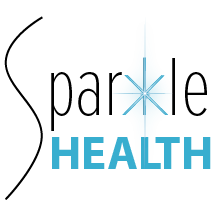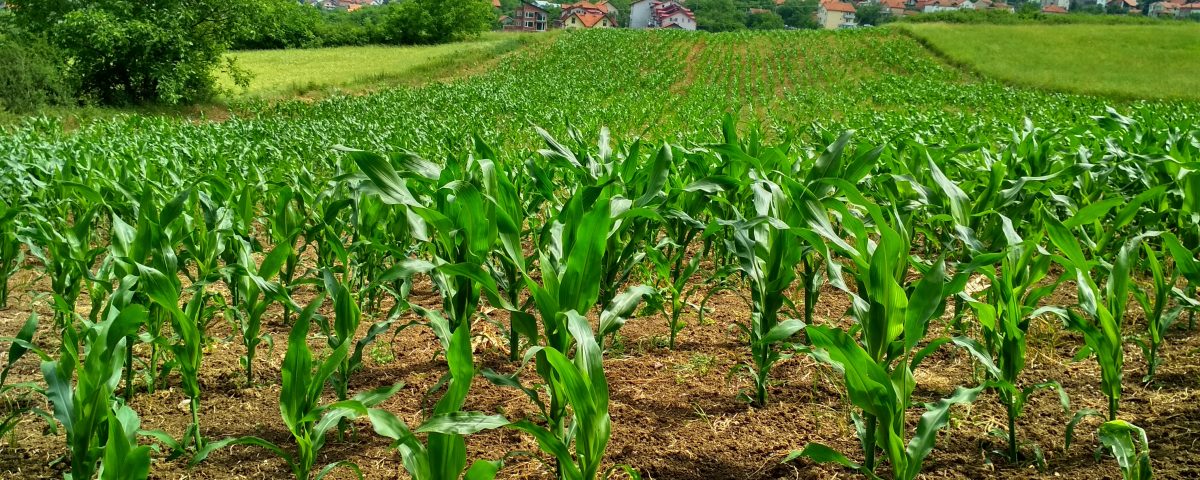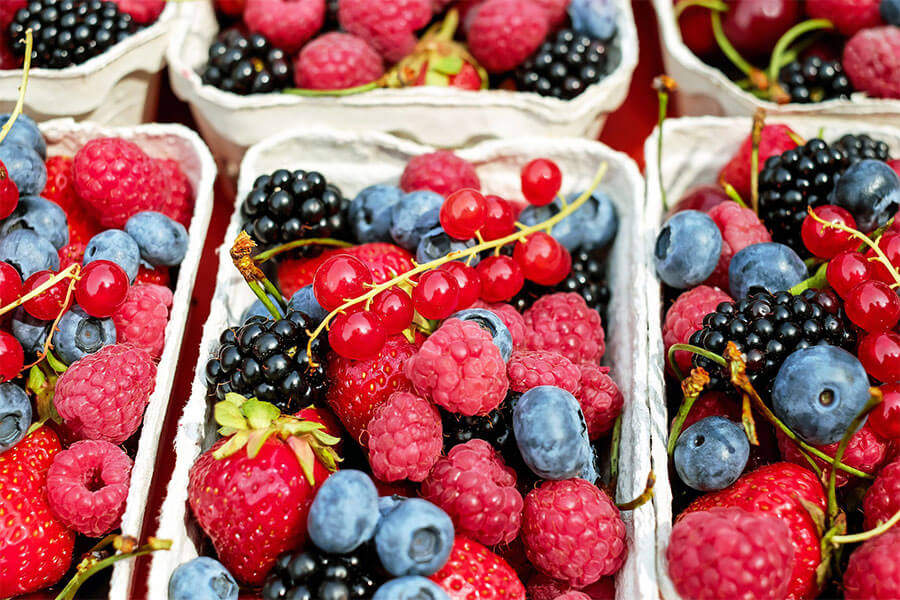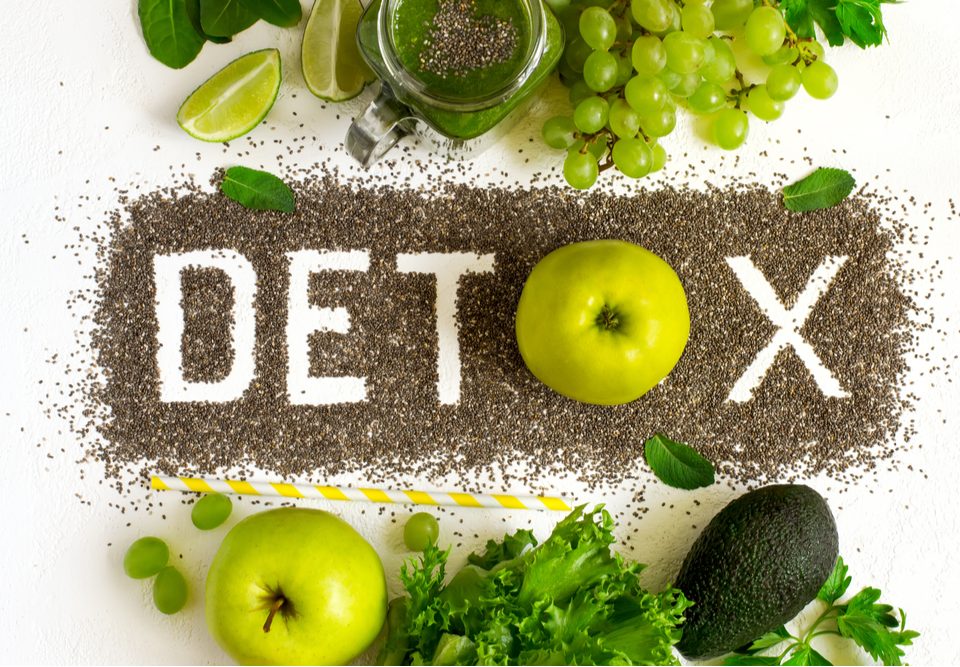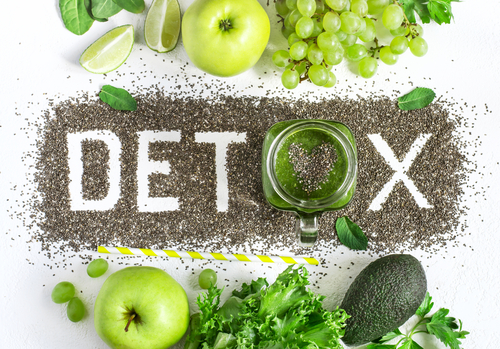Toxicants in the news- Glyphosate Exposure
I always think it is interesting when functional medicine concerns collide with the news. Detoxification / Biotransformation of toxicants is a foundational concept in functional medicine. In a landmark court case this week, Dewayne Johnson vs Monsanto (makers of “Round Up”) a jury found that there was enough evidence that glyphosate exposure contributed to this former school gardener’s non-Hodgkin’s lymphoma. The jury found the evidence compelling enough in this case to award a very large settlement.
Should we all be concerned about glyphosate exposure?
Glyphosate is the chemical that is a herbicide commonly known as “Round Up”. The use of glyphosate has steadily increased since the 1970’s steadily. In 2014, 240 million pounds of the weed-killer was sprayed on crops in the United States. The use has become widespread and often used even late in the growing process. The use of this chemical is so ubiquitous that most of us are exposed to in from the air, the water and our food. In a study conducted by the EWG- Environmental Working Group, glyphosate was found in the urine of people that leaved near farms using glyphosate AND in people who do not live close to where the chemical was sprayed.
How are we exposed to Glyphosate?
In everyday life, mostly through our food and water. Glyphosate residues are found on our food. There are very few studies that quantitate the residue. In 2011, the USDA tested soybeans that were sprayed to find that 90% of 300 samples tested positive and 95% tested positive for the main metabolite of glyphosate. Most of the soybeans and crops for which this is used are genetically modified to be resistant to the herbicide. It is not just fresh fruits and vegetables that are a concern. Processed foods using grains and corn grown using glyphosate are also sources of exposure. We can also be exposed by occupational and home use of glyphosate through the air, water and our skin.
How much Glyphosate is safe?
I do not think we know the answer to this. I also think that the tolerable level before biological impact will vary depending on genetics, age, other combined exposures and lifestyle. In the US, the EPA states that 1.75 mg/kg/day is safe. The European Union’s equivalent regulatory agency says 0.3 mg / kg/ day is the safe limit. Just to reiterate over 240 million pounds of this stuff is sprayed per year and the use is rising with GMO crops. The use of glyphosate has increased by over 100% over the past 10 years. We don’t measure exposure in humans so how can we possibly know how much we are exposed to chronically and the health impacts that may have. Until we know more, less exposure is best in my opinion.
What are the known and suspected health impacts?
Liver and Kidneys take a hit- Studies in lab animals and human populations confirm adverse effects of low level chronic exposure on the liver and kidneys. Glyphosate seems to cause oxidative damage at exposure levels that have been traditionally considered safe.
Glyphosate seems to be a hormone disrupter. There is emerging evidence that the impact is not limited to the liver and kidneys. There seems to be some disruption of reproductive and metabolic hormone communication within the body of vertebrates. This is important as there seems to be a link between exposure to glyphosate and metabolic diseases including obesity.
Regarding cancer, the association is strongest for non-Hodgkin’s lymphoma. The incidence of non-Hodgkin’s lymphoma has doubled between 1975 and 2006 and risk is higher if exposed occupationally to glyphosate. There may be other associations with liver and kidney cancers as well.
Associations also exist for autism, as well as Parkinson’s, Multiple Sclerosis and Inflammatory Bowel Disease. It should be noted that association is not causation and there is a lot of variables here. It must be said though there is enough evidence for concern and measuring how much we are being exposed is a good first step on an individual level as well as a population level given the ubiquitous use of this herbicide.
What can we do to protect ourselves and our family from Glyphosate exposure?
- Filter your water, whether drinking from well water or municipal water supplies, be sure to use a quality filter. For more information on the best filter for you, visit EWG Water Filter Guide to learn more. Reverse osmosis systems seem to have the best evidence for filtering out glyphosate.
- Buy organic when possible and non-GMO. That goes for fruits and vegetables- particularly for the dirty dozen list again on EWG Dirty Dozen Guide This is also true for chicken and beef, pork and fish. When we eat animals that were fed glyphosate laden soybean and corn, there can be bioaccumulation in us.
- Do not use Roundup in your backyard. Pull your weeds or investigate organic non-toxic alternatives.
- Support your body’s ability to eliminate toxins.The total body burden refers to the cumulative effects of chemicals, we are what we can not eliminate. Unfortunately, glyphosate is just one of many toxicants your body works eliminating daily. Take the time to do self-care to support the biotransformation of chemicals. Consider Epsom salt baths, sauna and eat foods that contain nutrients that support your bodies elimination of toxins. This is where cruciferous veggies shine. Detoxification support supplements can also be helpful. Consult with a functional medicine provider to personalize a detoxification protocol.
- Curious to see if you are exposed currently? There is urine testing available to measure glyphosate and the metabolites to see if you are getting exposed through your current lifestyle. Water supply can also be tested for glyphosate and metabolites. Contact us at Sparkle Health and we can help you with lab testing. We monitor only what we measure!
Knowledge is Power
My hope is that this recent court case opens the eyes of the public health agencies to the health impact of toxicants. Glyphosate is one of many toxicants and it seems like the regulations of chemicals released into the environment do not do enough to protect us. We need more studies to quantitate current exposure on the population level so that health impacts of chronic low level exposure can be measured. For now, it is up to us as individuals to be guardians of our own health and exposure.
At my practice, I bring what my patient needs at that given moment using an eclectic mix of conventional medicine, functional medicine, integrative and osteopathic treatments. Contact us to learn more about our practice.
References:
1. Myers et.al Environ Health. 2016 Feb 17;15:19. Concerns over use of glyphosate-based herbicides and risks associated with exposures: a consensus statement. Read Article
2. Schinasi L, Int J Environ Res Public Health. 2014 Apr 23;11(4):4449-527. Non-Hodgkin lymphoma and occupational exposure to agricultural pesticide chemical groups and active ingredients: a systematic review and meta-analysis. Read Article
3. Mesnage R, Biomed Res Int. 2014;2014:179691. Epub 2014 Feb 26. Major pesticides are more toxic to human cells than their declared active principles. Read Article
